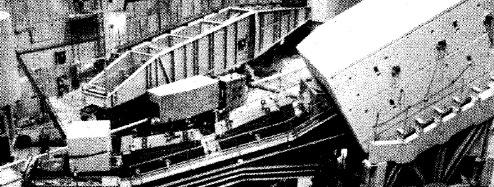
Physicist Richard E. Taylor recently joined 41 other outstanding Canadians in the Canadian Science and Engineering Hall of Fame, a program of the Canadian Science and Technology Museum. This prestigious award recognizes Taylor’s exceptional achievements that contributed to Canadians, as well as the global community, through his dedicated work. His name may be familiar to many already because he received the 1990 Nobel Prize in Physics. Much of Taylor’s Nobel-prize winning work was conducted at the Stanford Linear Accelerator Center (SLAC) in California where he designed some key experimental areas for the accelerator (see banner photo of End station A). Taylor was then a leader of a research team which in a series of investigations found clear signs that there exists an inner structure in the protons and neutrons of the atomic nucleus.
Although he has worked in California, France, and Germany, Taylor is still proud to call Canada home. Presently, Taylor holds a Distinguished University Professor position at the University of Alberta. His most recent visit to TRIUMF was on May 4 to pay tribute to his friend and colleague Erich W. Vogt at a special symposium. As a Canadian and world-leading physics laboratory, TRIUMF would like to salute Professor Taylor for this new outstanding recognition.
For details of Taylor’s Nobel Prize work, please visit the Nobel Prize site.
By Nicole Dublanko
TRIUMF's Communications Assistant
